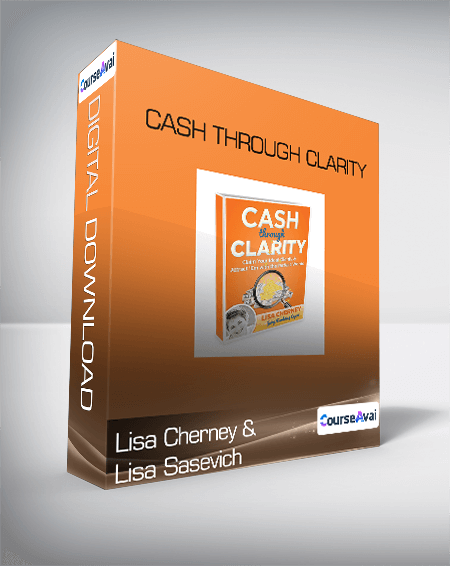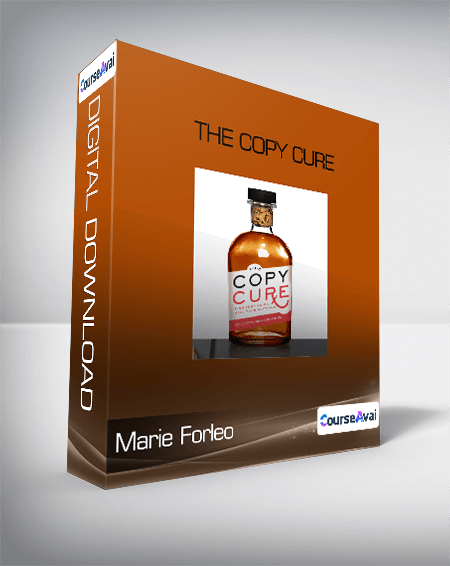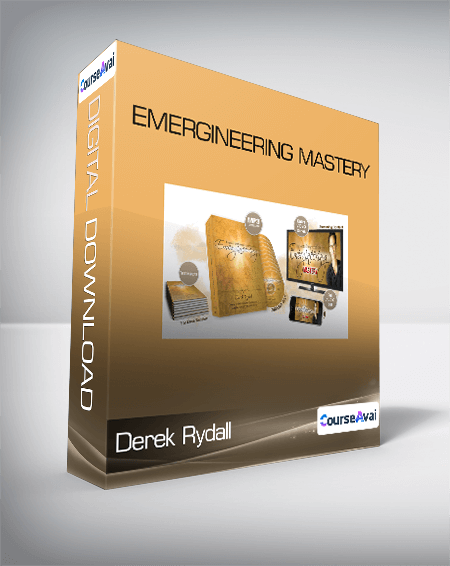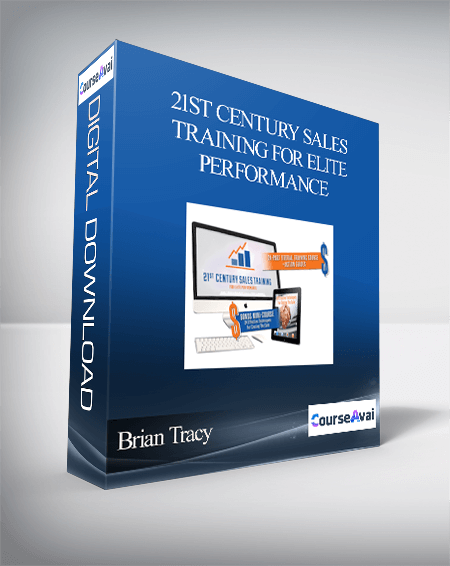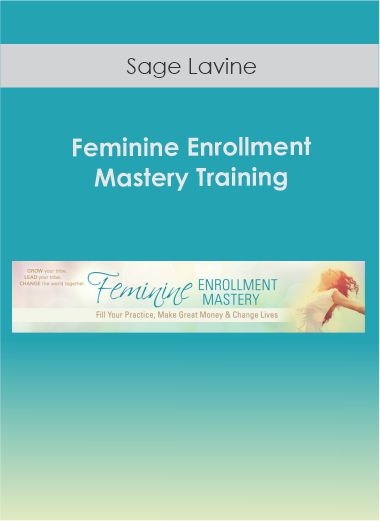Original price was: $479.00.$114.00Current price is: $114.00.
[Pre-Order] – Deliver digital download link within 4-8 business days after successful payment. Please contact us to get more details.
Learn MORE, SAVE MORE
HUGE BlackFriday 2024
SALE OFF 40%
for all Digital Courses.
ONLY IN THE YEAR


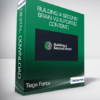
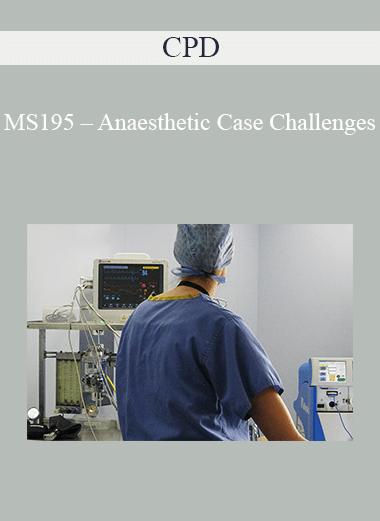
 Purchase this course you will earn
Purchase this course you will earn 